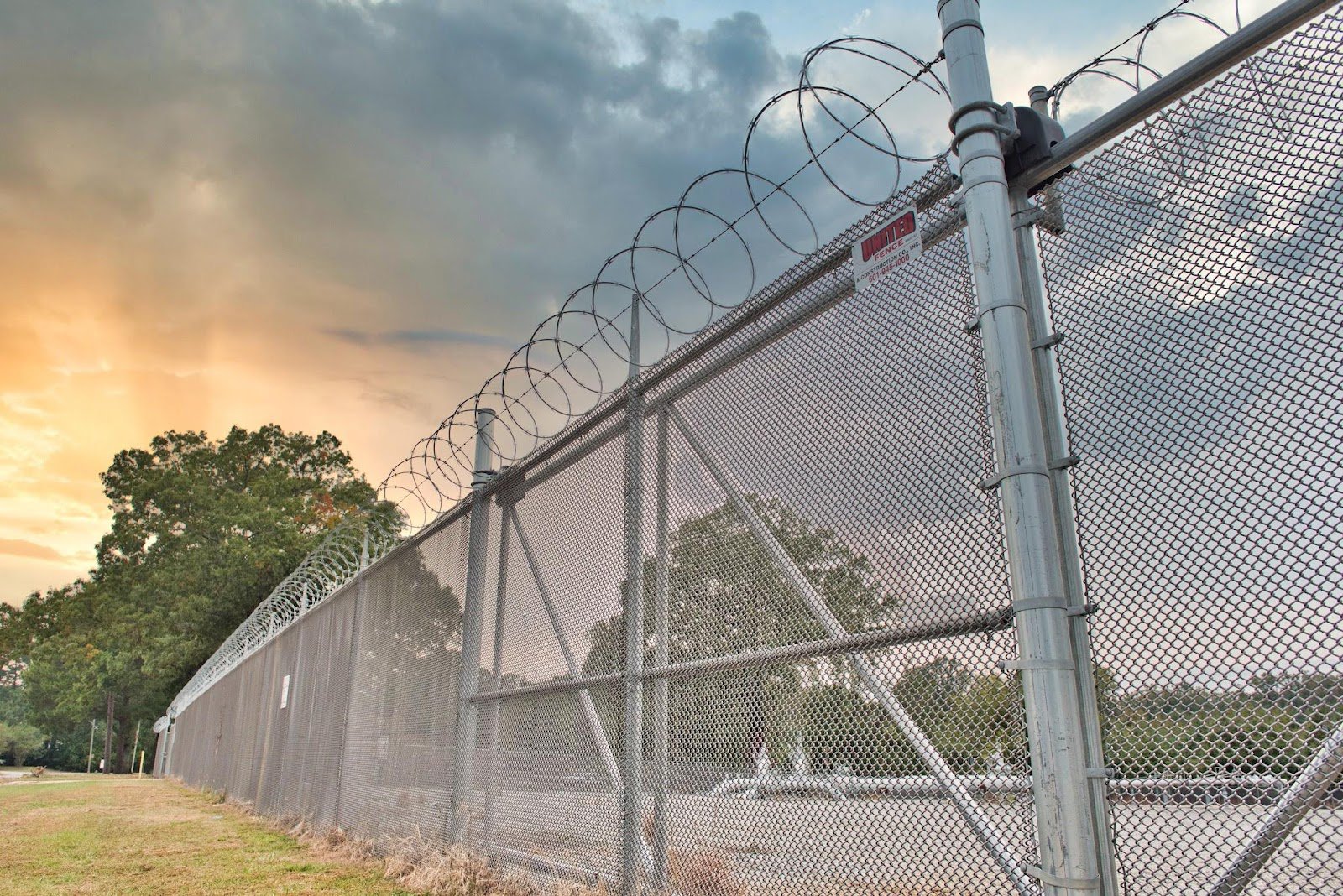All Categories
Featured
When setting up a brand-new fence, among the most typical inquiries home owners ask is for how long the process will certainly take. While the timeline for fence installation varies depending upon numerous factors, a lot of jobs can be completed within 1 to 5 days. Right here's a failure of what to anticipate and the aspects that affect exactly how swiftly your fence can be installed.
![]()
General Timeline for Fencing Installation. Small Residential Fences: For simple jobs like a small yard fence (approximately 100 feet), setup may take just 1-- 2 days. Medium-Sized Fences: Larger household fencings (150-- 300 feet) usually require 2-- 3 days to complete. Complex or industrial Fencings: Fences with detailed layouts, uneven surface, or larger protection areas may prolong the timeline to 3-- 5 days or more. Aspects That Affect Fence Installation Timelines.
Timber: Setting up wood fences commonly takes longer due to the fact that they include accurate cutting, lining up, and potentially staining or paint after installation. Plastic: Vinyl fences commonly come in pre-assembled panels, making them quicker to mount contrasted to timber. Chain-Link: This material is reasonably rapid to install, specifically for simple boundaries. Wrought Iron: Custom designs and hefty materials can make wrought iron fencings extra lengthy to mount. Composite: Composite products are effective and sturdy to install, similar to vinyl. 2. Building Size and Fence Length. The larger the residential or commercial property and the longer the fence, the even more time the project will need. Specialists require additional time for determining, excavating, and putting together longer fence sections.
![]()
Tips to Streamline the Refine. Plan Ahead: Deal with your contractor to determine the most effective time for setup, thinking about weather and organizing. Prepare the Website: Clear the location of debris, plants, or barriers before the installment group arrives. Connect: Talk about any kind of possible difficulties, such as below ground energies or HOA demands, with your specialist ahead of time. Verdict. The moment it takes to install a fence relies on different elements, from the product and residential property size to weather problems and personalizations. Typically, a lot of projects are finished within a few days, yet recognizing prospective delays can assist you plan appropriately. By recognizing these elements and preparing ahead of time, you can make certain a efficient and smooth secure fencing installment process.

General Timeline for Fencing Installation. Small Residential Fences: For simple jobs like a small yard fence (approximately 100 feet), setup may take just 1-- 2 days. Medium-Sized Fences: Larger household fencings (150-- 300 feet) usually require 2-- 3 days to complete. Complex or industrial Fencings: Fences with detailed layouts, uneven surface, or larger protection areas may prolong the timeline to 3-- 5 days or more. Aspects That Affect Fence Installation Timelines.
- Fence Material. The kind of material you choose plays a considerable role in the timeline.
Timber: Setting up wood fences commonly takes longer due to the fact that they include accurate cutting, lining up, and potentially staining or paint after installation. Plastic: Vinyl fences commonly come in pre-assembled panels, making them quicker to mount contrasted to timber. Chain-Link: This material is reasonably rapid to install, specifically for simple boundaries. Wrought Iron: Custom designs and hefty materials can make wrought iron fencings extra lengthy to mount. Composite: Composite products are effective and sturdy to install, similar to vinyl. 2. Building Size and Fence Length. The larger the residential or commercial property and the longer the fence, the even more time the project will need. Specialists require additional time for determining, excavating, and putting together longer fence sections.
- Ground Problems. Uneven terrain, rough dirt, or tree roots can make complex the installment procedure. Digging message holes in difficult problems takes longer and may need unique devices or adjustments.
- Permits and Regulations. Prior to installation starts, safeguarding permits or approval from property owners' organizations (HOAs) may be needed. Delays in obtaining these can press back the start date.
- Modifications. Adding entrances, complex styles, or attractive attributes can prolong the timeline. These information need more time for accurate dimension and setting up.
- Climate condition. Rainfall, snow, or extreme temperatures can postpone setup. Wet or frozen ground is tougher to work with, potentially pushing back completion times.
- Crew Size and Experience. A bigger, experienced group can finish installations faster. Do it yourself projects or smaller sized staffs may take substantially longer to complete the exact same task.

Tips to Streamline the Refine. Plan Ahead: Deal with your contractor to determine the most effective time for setup, thinking about weather and organizing. Prepare the Website: Clear the location of debris, plants, or barriers before the installment group arrives. Connect: Talk about any kind of possible difficulties, such as below ground energies or HOA demands, with your specialist ahead of time. Verdict. The moment it takes to install a fence relies on different elements, from the product and residential property size to weather problems and personalizations. Typically, a lot of projects are finished within a few days, yet recognizing prospective delays can assist you plan appropriately. By recognizing these elements and preparing ahead of time, you can make certain a efficient and smooth secure fencing installment process.
Latest Posts
Bid Farewell to Scrubbing: Bath Fitter's Uncomplicated Restroom Upgrade
Published Apr 22, 25
1 min read
Classy, Sturdy Floor Tile Flooring for each Space
Published Apr 22, 25
2 min read
Expert Vehicle Maintenance at Montclare Auto Repair - Fix Your Car Now!
Published Apr 22, 25
2 min read
More
Latest Posts
Bid Farewell to Scrubbing: Bath Fitter's Uncomplicated Restroom Upgrade
Published Apr 22, 25
1 min read
Classy, Sturdy Floor Tile Flooring for each Space
Published Apr 22, 25
2 min read
Expert Vehicle Maintenance at Montclare Auto Repair - Fix Your Car Now!
Published Apr 22, 25
2 min read